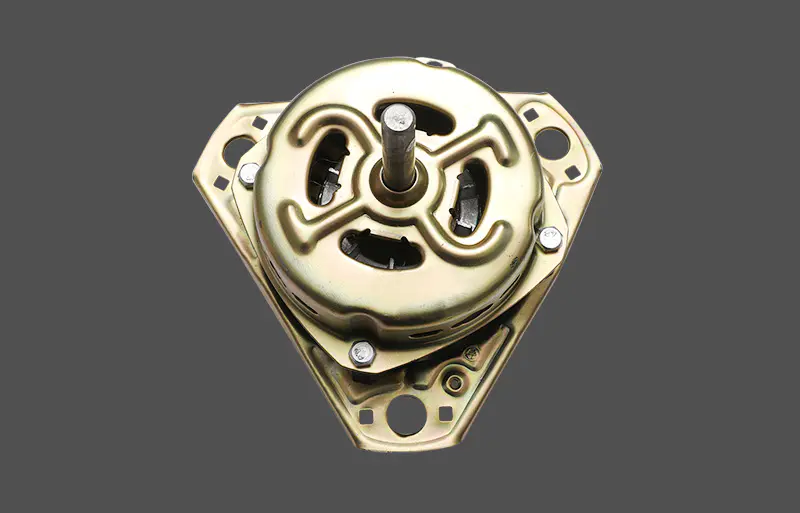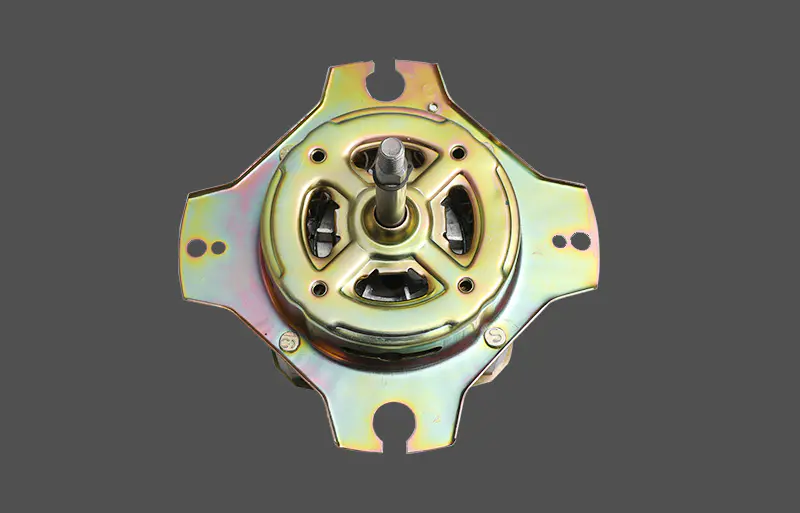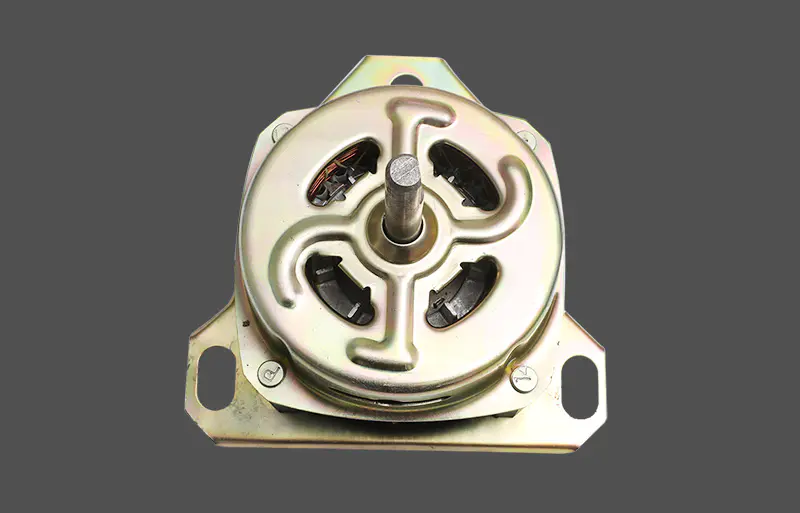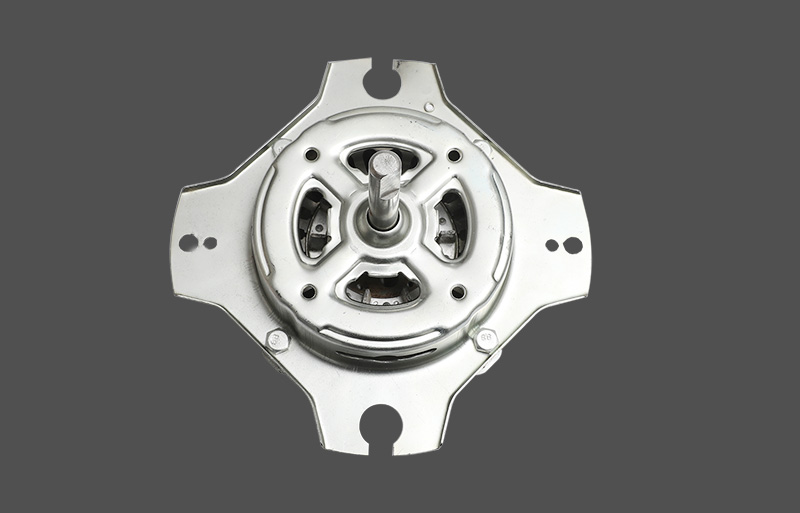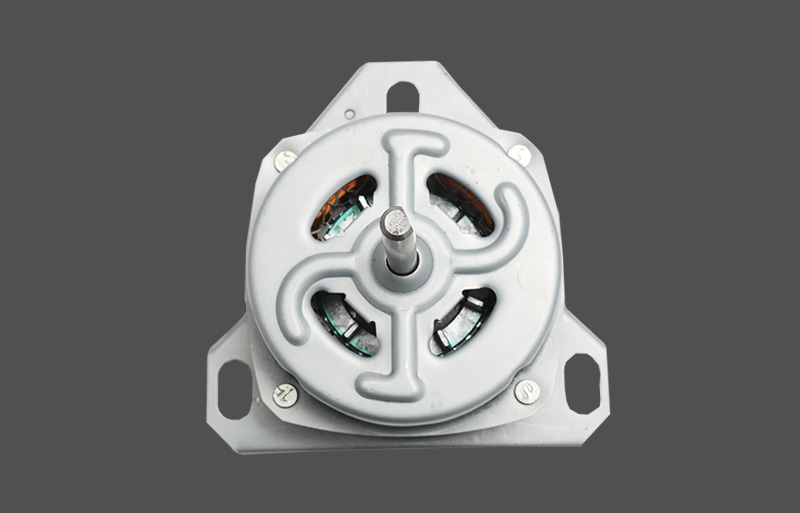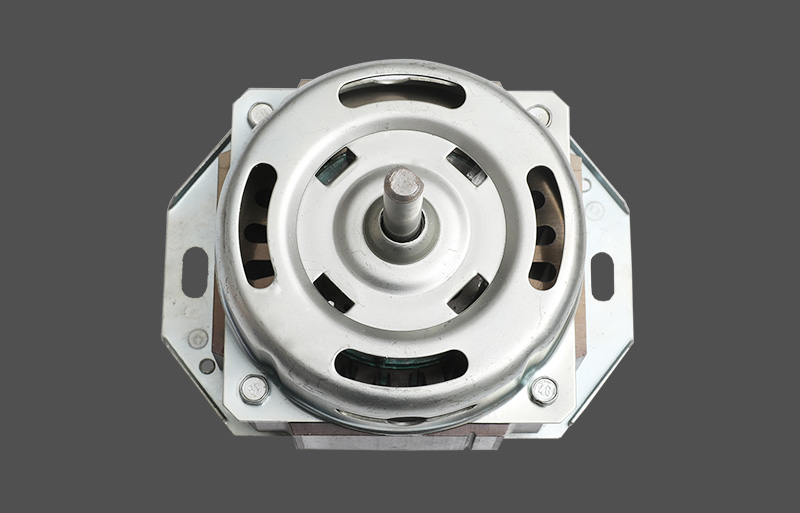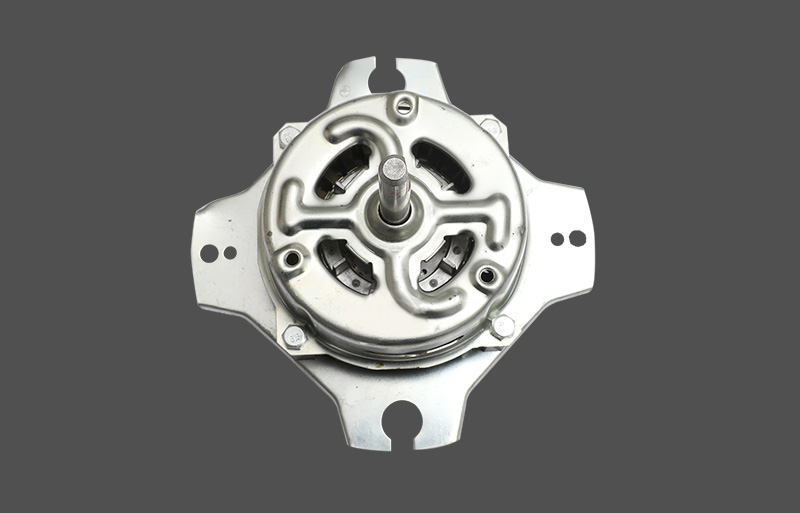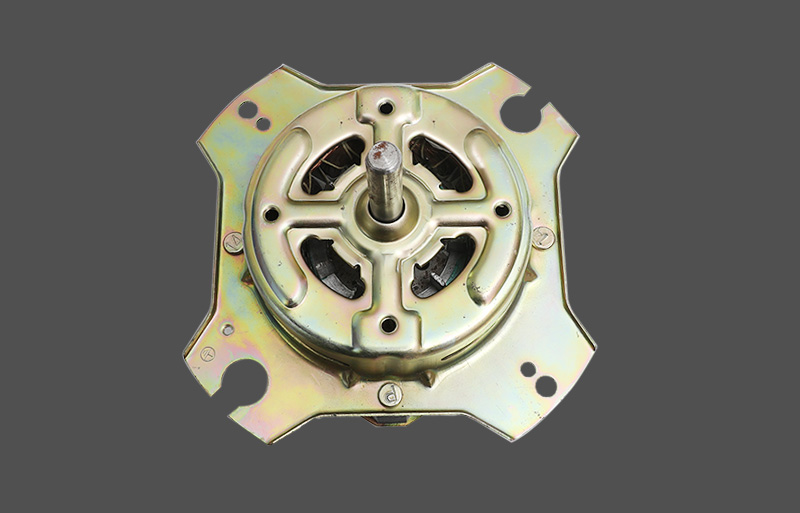In a washing machine motor, current control is one of the key factors to ensure the normal operation of the motor and achieve the needs of different working stages.
Speed control:
Washing machines require different rotation speeds during different working stages, such as washing, rinsing and spin-drying. Current speed control is achieved by adjusting the current in the motor. In AC motors, the speed can be adjusted by changing the frequency of the power supply; in brushless DC motors, precise speed control can be achieved by adjusting the magnitude and direction of the current. This is usually intelligently adjusted by the motor controller based on the washing machine program and user needs.
Directional control:
At certain stages of operation, the washing machine motor may need to change the direction of rotation, such as during the wash and rinse cycles. Directional control of current is achieved by changing the direction of current flow through the winding. This can be achieved via a current inverter or other corresponding electronic components in the motor controller. The flexibility of directional control allows the motor to adapt to different stages of movement needs.
Energy efficiency optimization:
The control of current is also closely related to energy efficiency optimization. By applying advanced electronic control technology to the washing machine motor, intelligent speed regulation and dynamic current control can be achieved. Such a system can adjust the current flow based on laundry load, level, and other environmental factors to minimize energy consumption and improve the overall energy efficiency of the washer.
Current Limitation and Protection:
During the operation of the washing machine motor, abnormal increases in current may cause equipment damage or safety risks. Therefore, current control also includes current limiting and protection mechanisms. The motor controller usually sets an upper limit on the current. When the current exceeds the set value, the system will automatically take protective measures, such as shutting down or reducing the current, to prevent overload and damage to the motor and other components.
Sensors and feedback control:
In order to control the current more accurately, washing machine motors are usually equipped with various sensors, such as speed sensors, load sensors, etc. These sensors provide real-time operating status information, allowing the motor controller to dynamically adjust based on actual conditions. The application of feedback control systems helps maintain the stability and accuracy of the motor.




